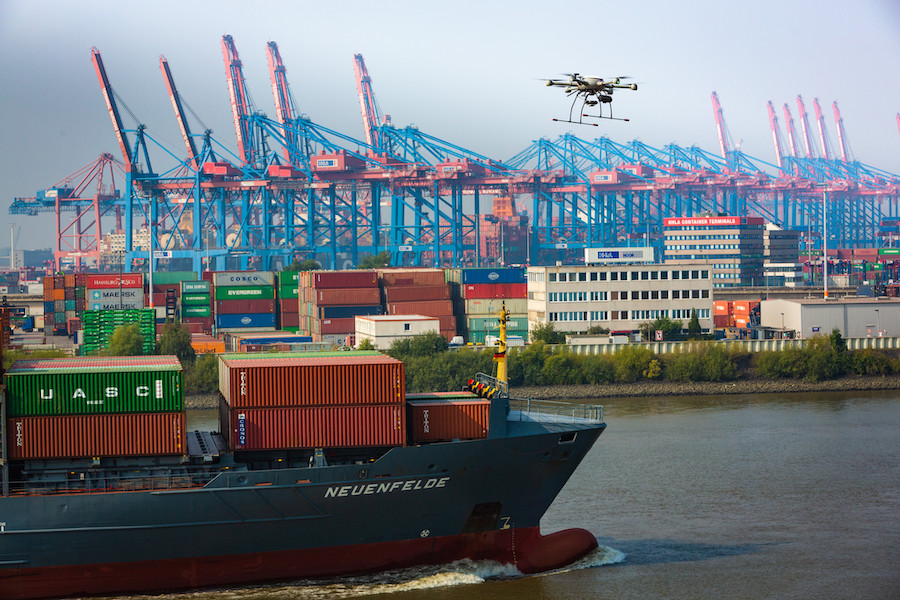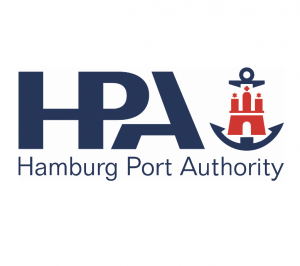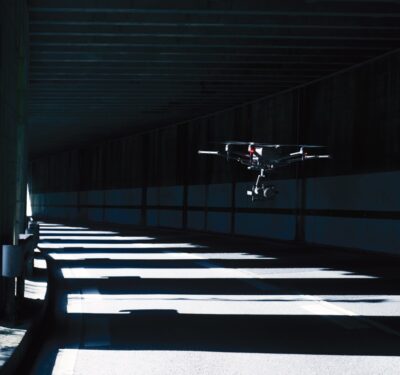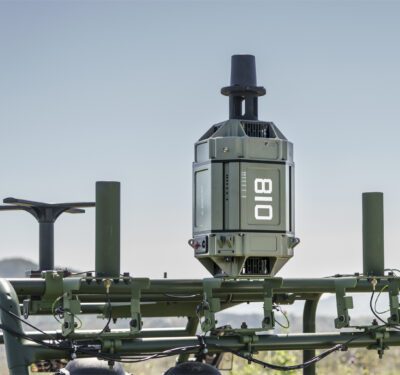
HHLA Sky, a subsidiary of Hamburger Hafen und Logistik AG, and the Hamburg Port Authority (HPA) have agreed to a comprehensive technology partnership. Together, the companies want to make it possible to use automated drones within the port of Hamburg. This technology will assist in finding many promising solutions for logistical, sensory or coordinative processes.
 Jens Meier, Chairman of the Executive Board of the HPA: “In the event of storm surges, accidents or other unforeseeable disruptions, flying, floating or self-driving robots can be on-site considerably faster and provide high-resolution videos and pictures for an exact overview of the situation. The time saved can be decisive in an emergency. Furthermore, they make the maintenance and expansion of the port infrastructure significantly more efficient – for example, in the case of facilities that are difficult, time-consuming or dangerous to reach.”
Jens Meier, Chairman of the Executive Board of the HPA: “In the event of storm surges, accidents or other unforeseeable disruptions, flying, floating or self-driving robots can be on-site considerably faster and provide high-resolution videos and pictures for an exact overview of the situation. The time saved can be decisive in an emergency. Furthermore, they make the maintenance and expansion of the port infrastructure significantly more efficient – for example, in the case of facilities that are difficult, time-consuming or dangerous to reach.”
Lars Neumann, Director of Logistics at parent company HHLA: “HHLA Sky typifies the targeted growth and innovation strategy of HHLA. Based on our strong position, we are drivers of sustainable innovations for the logistics of the future.”
HHLA Sky has a developed a technologically leading control centre for the operation and monitoring of drones and has introduced it on the global market. It connects the various HPA applications within the scope of the technology partnership to streamline processes that were previously labour-intensive so that devices can be operated more efficiently.
“The next phase of product development for our new ‘drones as a service’ product will be launched with this partnership. We will begin pilot operations this year,” says Phanthian Zuesongdham, Head of Division Port Process Solutions at the HPA.
“Our solution will display and control all associated processes in a safe and understandable manner,” explains Matthias Gronstedt, Managing Director of HHLA Sky. “Furthermore, the HPA is able to collect very different kinds of data using mobile teleoperated sensors. Analysing it helps us use resources optimally.”





